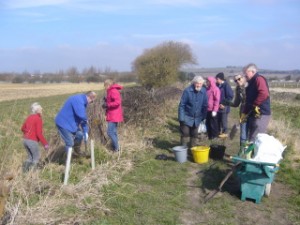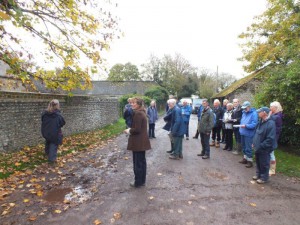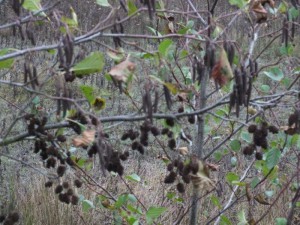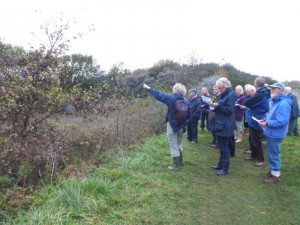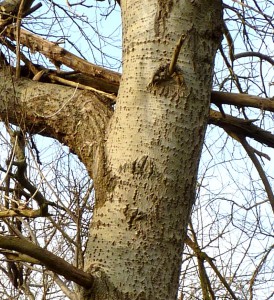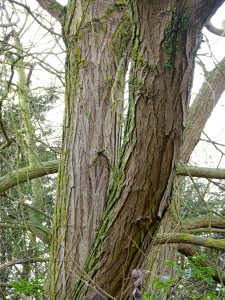The recent application by the Bluebird Cafe in Ferring to extend its operating hours and make other changes will be heard by the Arun DC Licensing Committee this coming Monday 25 April at 9.30am at the Glebelands Centre in Greystoke Road. This is the only item on the agenda.
Sadly, only the people informed by the Licensing Team that they have a “relevant objection” will be allowed to speak, but the hearing is still open to the public to attend. We would encourage as many members and local residents to be at the hearing if only to demonstrate to the Councillors who make up the Licensing Committee, the Licensing Team and indeed the licensee of the Bluebird cafe just how strongly we feel on the subject, and that there are genuine concerns in the local community.
UPDATE: The Committee agreed to issue the Licence and put two specifications in place. These were 1: to decant all alcohol into glasses with the exception of wine and 2: that the cafe be closed by 8.30pm daily and only reopened for private functions.

